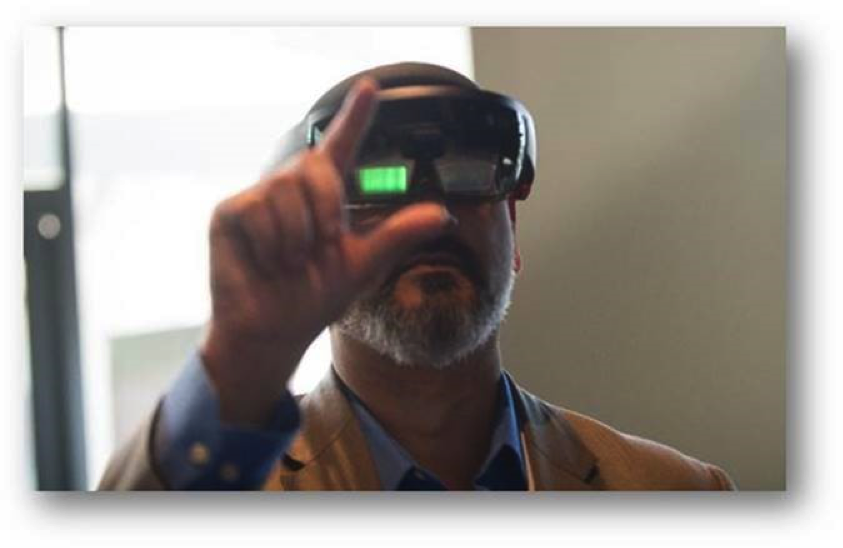How 3-D Technology is Transforming Patient Health

Imagine that a doctor could fully examine a patient’s heart, from all angles, before a single incision is made. Or see real patient data as a hologram: zooming in on troublesome areas, enlarging areas of concern. If a tumor is spotted, a doctor “walks” around the area, examining it on all sides.
Holographic Medical Imaging (HMI) demonstrates how doctors can see more of a patient’s body before surgery, and helps pinpoint problems with much greater accuracy than 2-D images allow. Meet Nirav Desai, a Chief Technologist at Booz Allen Hamilton who is leading the firm’s effort to bring HMI to doctors on the go, via portable devices.
“The medical profession is not unlike technology. It moves quickly and is mobile. Each person in the continuum of care needs access to the patient’s information, presented in the manner it was intended and available as needed,” Desai said. “3-D images should be viewed in 3-D, and doctors should be able to view those images anytime, anywhere.”
Desai’s team is working with a group from Microsoft to directly impact patient care by providing tools that are adaptable to health care professionals’ needs. Booz Allen’s application works with the Microsoft Surface family of devices and HoloLens, providing doctors with the ability to display 3-D patient images securely, from the patient’s bedside, during pre-op, or in the physician’s office.
Desai said, “The impacts are clear. HMI gives providers insights into critical medical issues. It also supports a deeper examination of a patient’s condition, as well as more collaboration with experts who may be halfway around the world. We’ve applied technology to support clinical collaboration, rather than having clinicians adapt their processes to technology. All of which results in improved health care.”
Learn about how people at Booz Allen use technology to change the world: https://www.boozallen.com/e/insight/thought-leadership/a-home-for-entrepreneurial-tech-talent.html.

